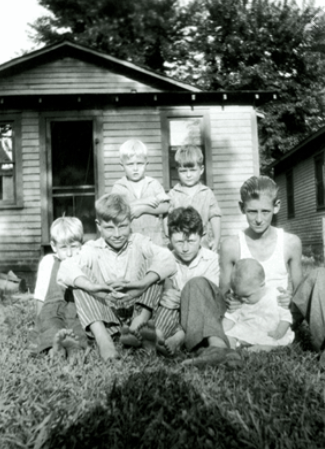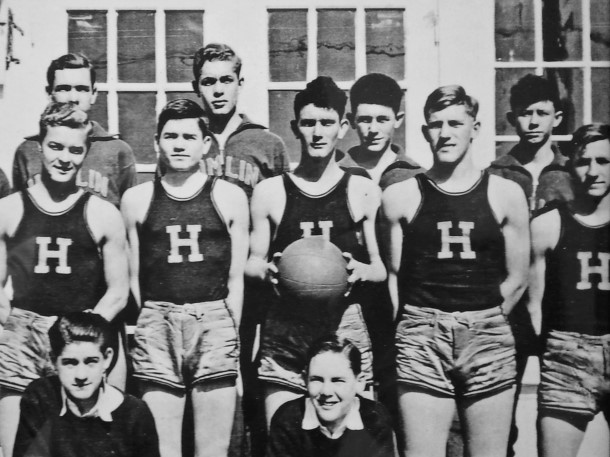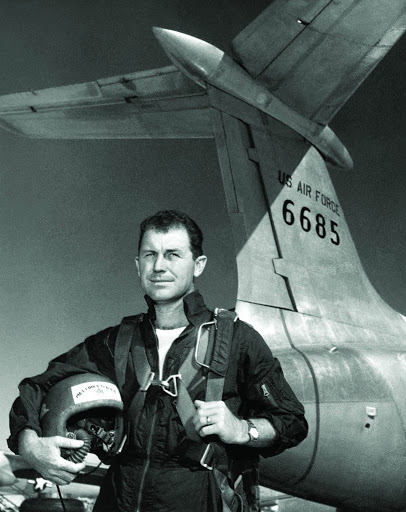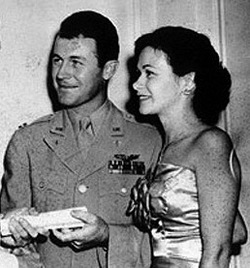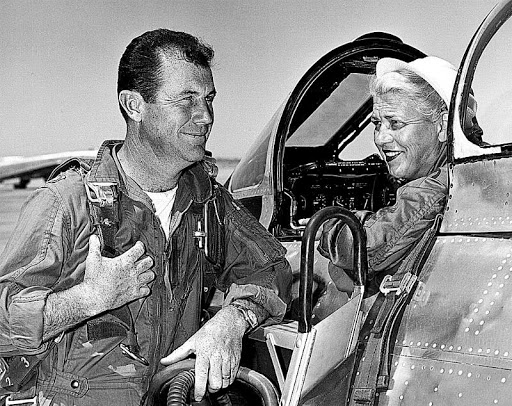Yeager's Biography
Charles Elwood Yeager was born on February 13, 1923 to Suzie Mae and Albert Hal Yeager. He was born in Myra, West Virginia, a small town located in an unincorporated county called Lincoln along the Mud River. Chuck's family was truly blessed to be surrounded by the joy of life that was his two brothers and two sisters: Hal Jr., Roy, Pansy, and Doris Yeager. He had a very large family, and living in a small town meant everyone lived relatively close to each other. As a young boy, Chuck and his grandfather were very close, almost inseparable. This heartfelt relationship sparked an early interest in nature and the great outdoors, which still stands in Yeager's personal values to this day.
Chuck was an average student, while hunting and fishing were always more intruiguing to him. However, he excelled in anything hands-on, mathematical, or requiring of physical coordination. His knack for machinery was credited to him by his father, whom he believes inspired that interest and an affinity for mechanics. Albert Yeager, his father, owned a natural gas drilling company, and Chuck was fascinated by all of the parts that the machinery was created from. By the time he was a teenager, he knew how to disassemble and rebuild engines of all kinds, and understood almost all there was to learn about them. He played basketball and football, and his best subjects were typing and geometry. Yeager graduated from high school in 1941, only half a year before America joined WW2.

